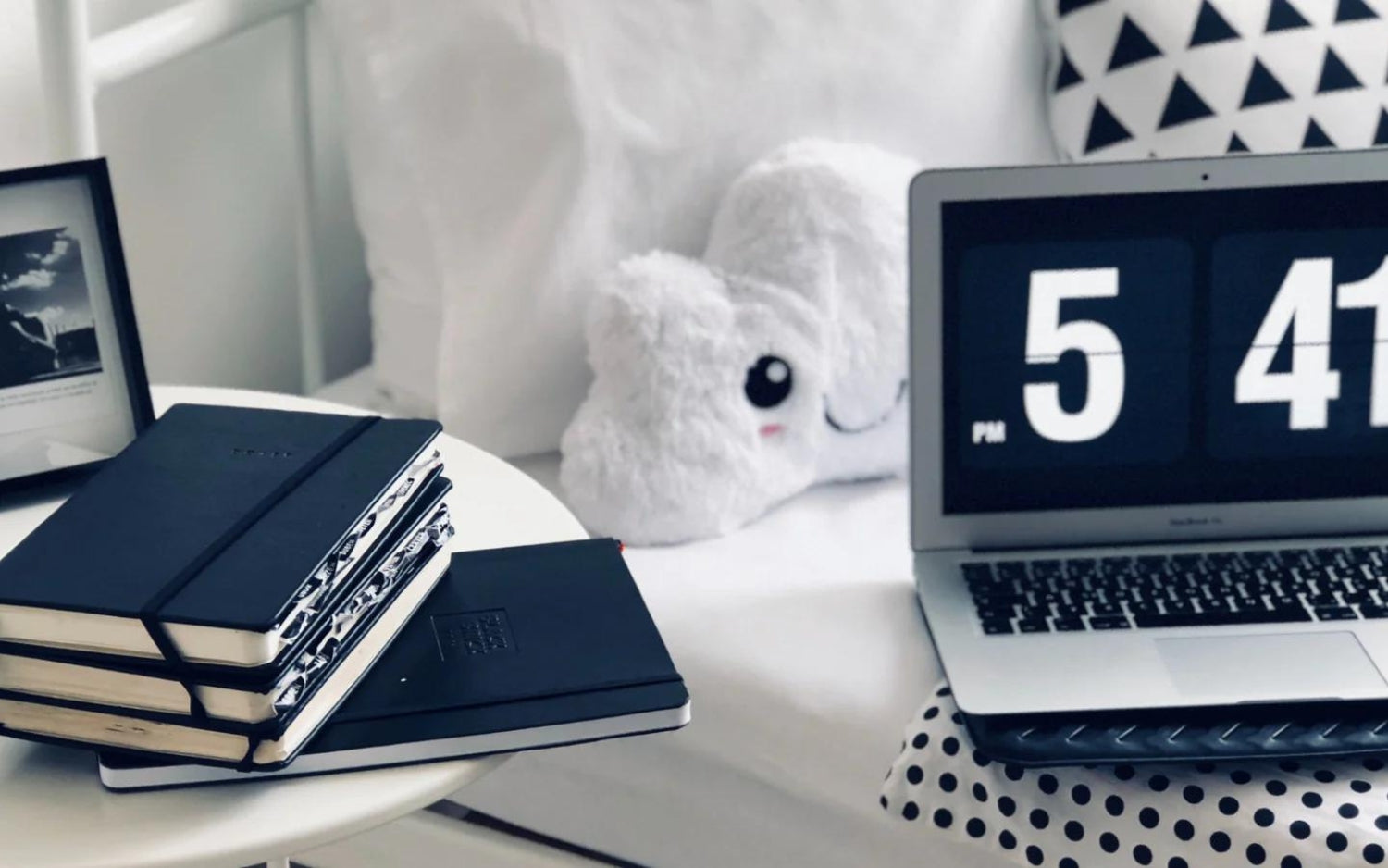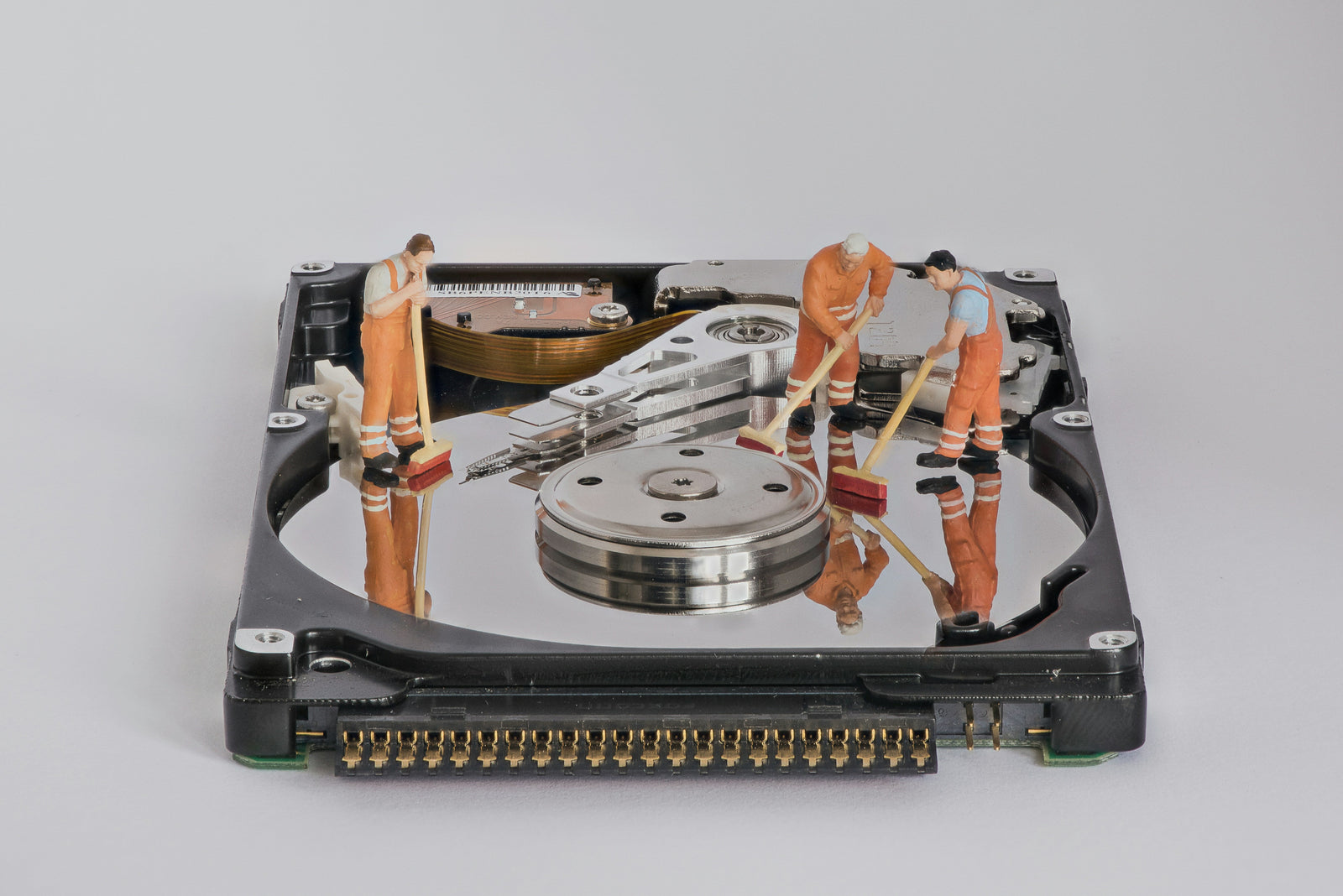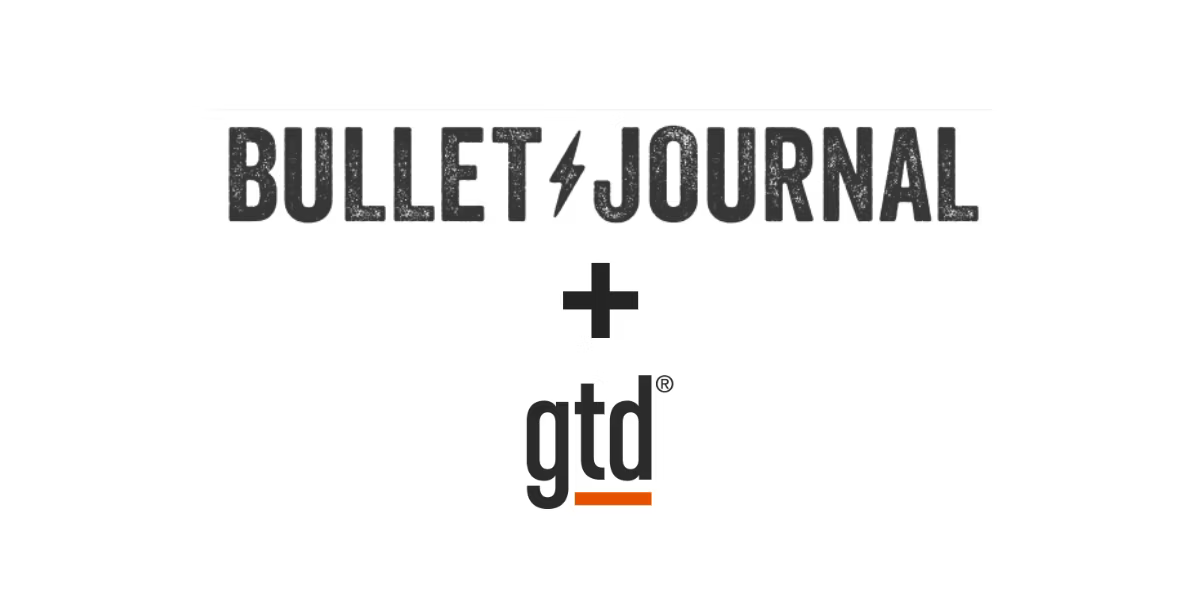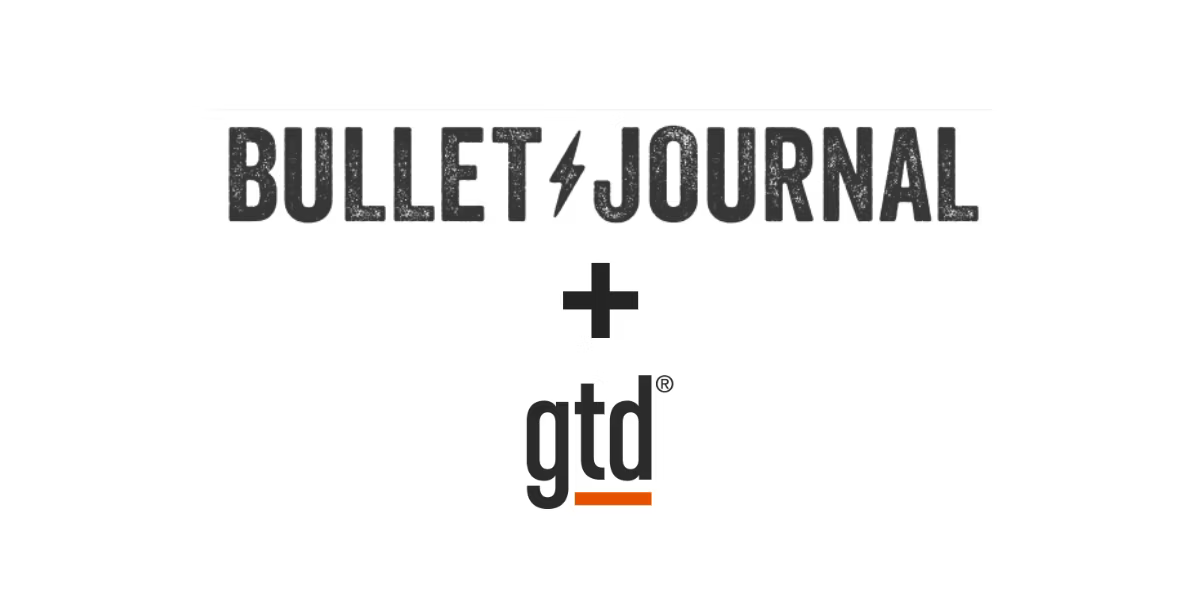Dog or Cat? Cake or Pie? Coffee or Tea? And our ultimate favorite: Digital or Analog? Most this-or-that don’t mix well. (Ever had Sushirrito?)
Luckily for us though, digital and analog systems can complement each other, and here’s how I use digital sidekicks to supplement my bujo practice.
THE BIG ‘WHY’
I am sure we all have different reasons why we want to incorporate digital tools into bujo practice, so let me share mine first.
My intention for using Bujo is to ensure that I spend my time and attention in ways that are aligned with my values. One of the most important ones to me is creativity.
To support this intention, I jot down many ideas, inspirations, illuminating insights, and lessons I learn from my experiences. However, I started to notice that some of these ideas just get hoarded in my Bujo because they don't have proper channels to develop further or materialize. And this is why I use digital tools with my bujo, to bring my ideas to life.
The What
The main digital sidekicks I use:
- Bullet Journal Companion App for when I am on the go
- Google Calendar for managing my ever-changing appointments, events, and commitments
- Roam Research for making notes (elaborating on the notes I take on Bujo) and storing them for long term
- Notion for content creation and collaborative work with others
The way I use the Bullet Journal companion app and Google Calendar are pretty straightforward so let me skip to the juicy stuff: Notion and Roam Research.
♻️ Bujo, Roam, Notion
Here’s my favorite analogy for how I use these three in harmony. Capturing thoughts on Bujo is like planting seeds. I water them, weed them, and fertilize them through reflection and migration until they sprout. Roam works as a nursery where my tiny plants (ideas) can grow into larger trees and eventually (hopefully) a forest. And Notion is where I build cabins so that I can invite others to join me!
What is the difference between Notion and Roam?
Notion and Roam are both wildly versatile digital note-taking/project management software and the simplest way to describe the difference between the two would be this. Notion is linear and Roam is multidimensional.
Notion is an excellent tool for sorting information in a structured manner whereas Roam is a phenomenal vessel for connecting fragmented thoughts. Let’s say we have thoughts about Art, Buddhism, and Coffee. They remind you of one another so they are related in your mind, but they don’t really belong in the same ‘category’, so you are not quite sure how to manage them or even where to store them. Roam will mitigate this problem by automatically creating links within these related notes. So if you went to see note A, you will see B and C, linked in the same page. If you go to note B, you’ll see A and C, linked and so and so forth. This feature promotes organic growth within the thoughts we capture.
Networked notes on my Roam
The Why
Why Roam?
Bi-directional link feature and its resources
To my knowledge, Roam is one of the most (if not THE most) popular software that offers a bi-directional link feature. This is not my favorite philosophy to subscribe to, but I follow the crowd first when I want to try new tools because popularity yields more insights and resources such as tutorials and add-ons.
This is why I have been using Roam, but I think it’s a little bit of an overkill for what I want to use it for, so I am currently in the process of switching to Logseq which does essentially the same exact thing as Roam, but free for use.
Why Notion?
1. Intuitive user interface
Notion makes all the features and formatting really accessible even for people with very limited IT skills, like me. ( I still don’t really understand how iCloud works, tbh.) Everything can be rearranged by just clicking and dragging. This helps me move around notes and references as I work on a project. (I especially appreciate the multi-column layout on Notion! )
Page I used for YouTube video production
2. Seamless Collaboration
Sharing option is offered on other platforms like Google Document. What separates Notion from the rest, is its versatility. Imagine having Google Document, Spread Sheet and Google Slides all. ON. ONE. PAGE. This becomes highly efficient when I want to invite others to freely read and edit multiple materials.
Shared page for language lesson
3. Aesthetics
Some things are just more fun and inspirational with images. (If you are trying to brainstorm which color you want to use to paint your bedroom wall, you won’t endlessly write down the hex codes in your notebook. You’d hop on Pinterest, or go get color samples from The home depot, right? )
The super-easy image integration on Notion saves the day when I want some visual aids. For example, this is my vision board (a list of dreams with pictures) on Notion. I cherry-picked each item from my collection on bujo titled “Goals and Dreams”. This list on bujo was kind of monotonous and was just a little...Dry. So the colorful representation like this, helps me envision my aspirations more vividly.
The How
My rule of thumb is to always migrate information from Bujo to digital tools, never the other way around.
Any inspiration, ideas, thoughts, or insights, all get captured on my Bujo first. That being said, here are other beacons I use to navigate my decision-making in tool usage.
1. How I decide on digital or analog
Sometimes we try to hammer a nail with a banana because we just simply appreciate bananas and have so much faith in them. So much faith that we'd even try freezing bananas to see if they'll work better for hammering. 🍌 I've had a fair share of this experience; picking the less-than-ideal tool for the job.
A great example would be my “Books To Read” collection. At the time, I was trying to confirm my identity as an avid reader, so I was tracking my reading habit on bujo. Therefore, I thought it was an excellent idea to keep the book collection on bujo, too. However, after a couple of notebooks (yes, it took me that long), I realized that 99% of my book purchase is done online. And 99% of my book discoveries are done online (social media and online book stores), as well! ( I now use Goodreads to save all the books I want to read. )
Since this revelation, I try to always ask myself “When do I want to stumble upon this idea? (Under what circumstance will I want to retrieve this information?)”when unsure of which tools to use.
My thought process would look like this:
- Content-creation-related information = I will most likely need it when I am planning and making content, which is done online, So it would make sense to store it on a digital tool.
- Information regarding my well-being = I would most likely want to retrieve it during my sacred time = when I am offline = analog system (bujo).
2. How I Practice Digital to Analog Migration
When: Sunday at 8
This is when all the magic happens, during weekly reflection. I do long-form journaling, then migrate underdeveloped yet exciting/promising ideas and insights from bujo to appropriate digital tools.
I tried doing this daily, but I decided weekly practice works better for me because
a) My daily reflection is a part of a decompressing process for me, so I don’t want to invite any distractions like digital devices and the internet in general.
b) I like to let my ideas simmer for a few days because sometimes I think “Wow!!! This is the best idea I’ve ever had in my entire life!!!” only to wake up to the realization the next morning, that I was just slightly intoxicated at that moment. So giving my thoughts and observations some time to take root, works really well for me.
What to migrate to where: Ideas to Notion, insights to Roam
To Notion
Most work-related ideas such as content ideas or teaching ideas, get migrated to Notion where I have idea pools for each category.
Screenshot of my idea pool
To Roam
Other “insights”, I migrate to Roam and during this process, I try to be especially selective of what I migrate.
Let’s take my daily log from last week for example.
MAY, 9, Mon
○ Read article: “3 tier model for self-care”
- Self checks, Self-Talk, Self-Journal
- Observation keys; Cognitive, Emotional, Behavioral process
○ Went to Denny's for breakfast
- The Mohawk guys still works there!
Do I want to keep and expand on what I learned from an intriguing article? Absolutely! About the guy with a mohawk from local Denny’s? ....Not so much.
If/when I decide to migrate some notes, I elaborate on it a little bit on Roam. (=make notes.)
Note I made about the article I read

I used the note about the mohawk guy as an example of an entry to dismiss, but a lot of times, seemingly frivolous entries on my bujo actually spark interest and inspiration in me. So for instance, if I decided that seeing the mohawk guy at the local dinner really ‘sparked joy’ in me, I might make a note like this.
At the end of that day, what ‘sparks joy’ should be the driving force for the things I engage in, so to me, it’s really important to summon my inner-Marie Kondo upon migration. ✨
Parting Words
One of the common misconceptions is that we think we need an ultimate all-in-one tool. A magical power drill that somehow cooks dinner, too. Well, it’s just not going to happen. (Anytime soon anyways. Unless, of course, Mr. Elon Musk prevails..) So it’s okay to be in an open relationship with multiple tools!
Another thing that is worth remembering is that Bujo or Notion or Roam or whatever it may be, it is a tool for thought. And different tools encourage different ways of thinking, so when in doubt, we can always ask ourselves “In what ways do I want to be thinking?” “Will this remove the friction and serve my thinking?”
Okay, that’s it. I hope my not-at-all lengthy post was somewhat helpful! Please let me know if you have any questions about my process!
Sakuraco is a dedicated ESL instructor, content creator, and a passionate student of life. Watch her videos about bullet journaling, productivity, and learning tips from here. For weekly reflection prompts and Bullet Journaling tips, visit her Instagram.













Leave a comment (all fields required)